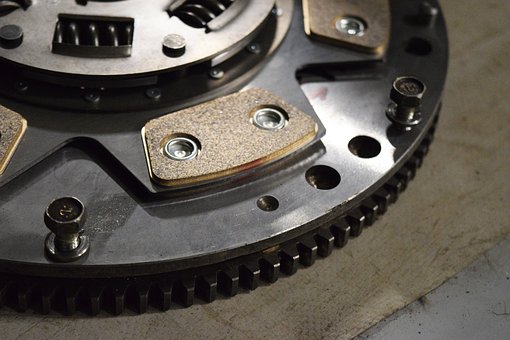|
The clutch is a crucial component in any manual transmission vehicle, allowing drivers to smoothly change gears and engage the engine with the transmission. In this technical article, we will explore the basics of clutches, including how they work, the different types available, and common failures. How does a clutch work? A clutch works by connecting and disconnecting the engine from the transmission, allowing the driver to engage and disengage gears smoothly. When the clutch pedal is depressed, the pressure plate disengages the clutch disc from the flywheel, stopping the transfer of power from the engine to the transmission. When the clutch pedal is released, the pressure plate re-engages the clutch disc with the flywheel, allowing the engine to transfer power to the transmission once again. Types of Clutches: There are three main types of clutches:
Common Failures:
The clutch is a vital component in any manual transmission vehicle, allowing drivers to smoothly engage and disengage gears. With different types of clutches available, including mechanical and hydraulic systems, and dual clutch transmissions, drivers can choose the right clutch for their needs. However, common failures such as clutch slipping, clutch chatter, and clutch noise can occur, requiring regular maintenance and repair. By understanding how clutches work and the different types available, drivers can ensure their vehicles are operating at their best.
0 Comments
Your comment will be posted after it is approved.
Leave a Reply. |
Auto Tuning Blog “The content provided is for educational and informational purposes only.”
Categories
All
|
Please note that we don't accept Orders / support requests sent direct to our email address.
Electronic Repair Company |
|
|
All Rights Reserved, ©2024 Electronic Repair Company


